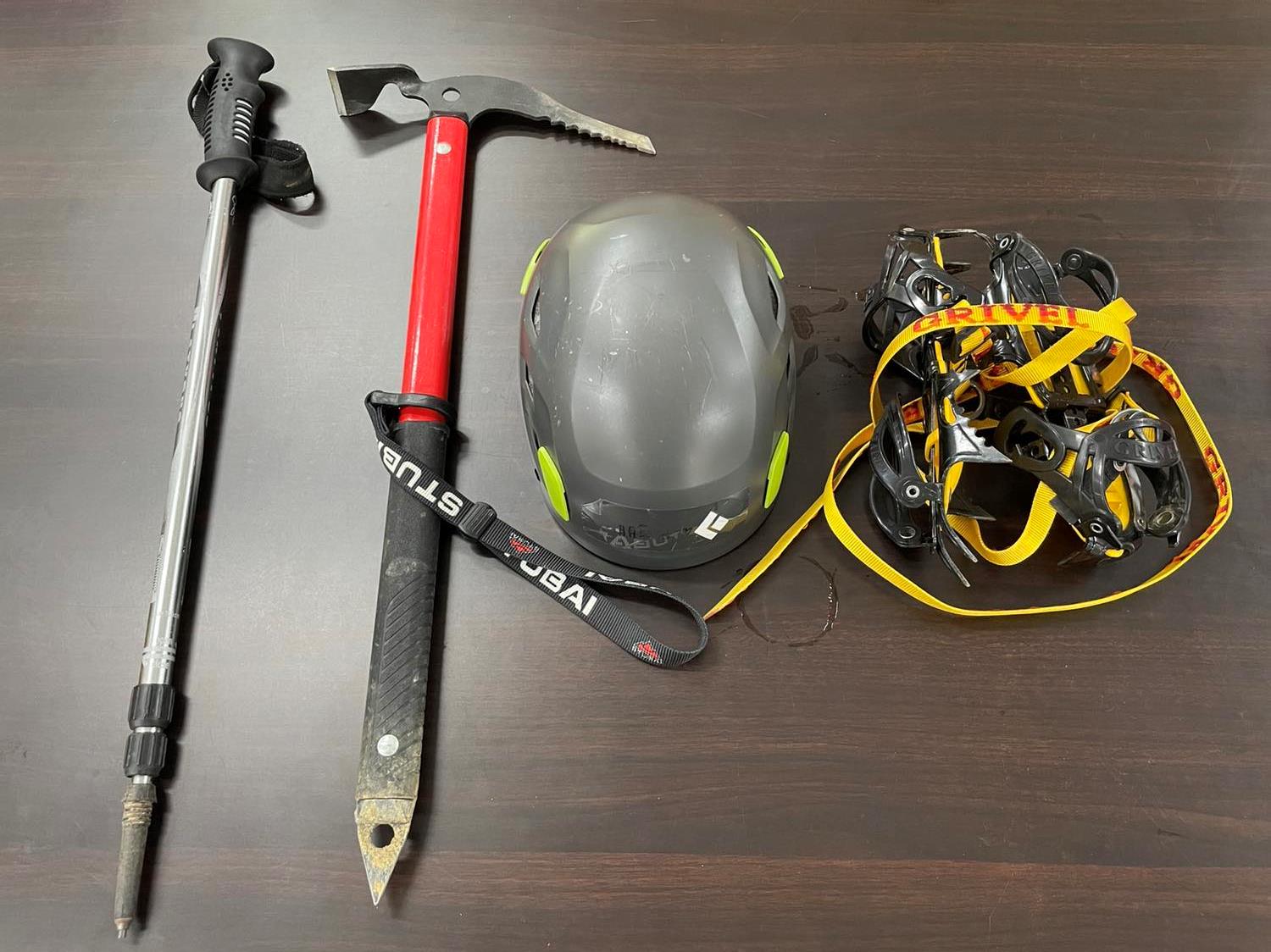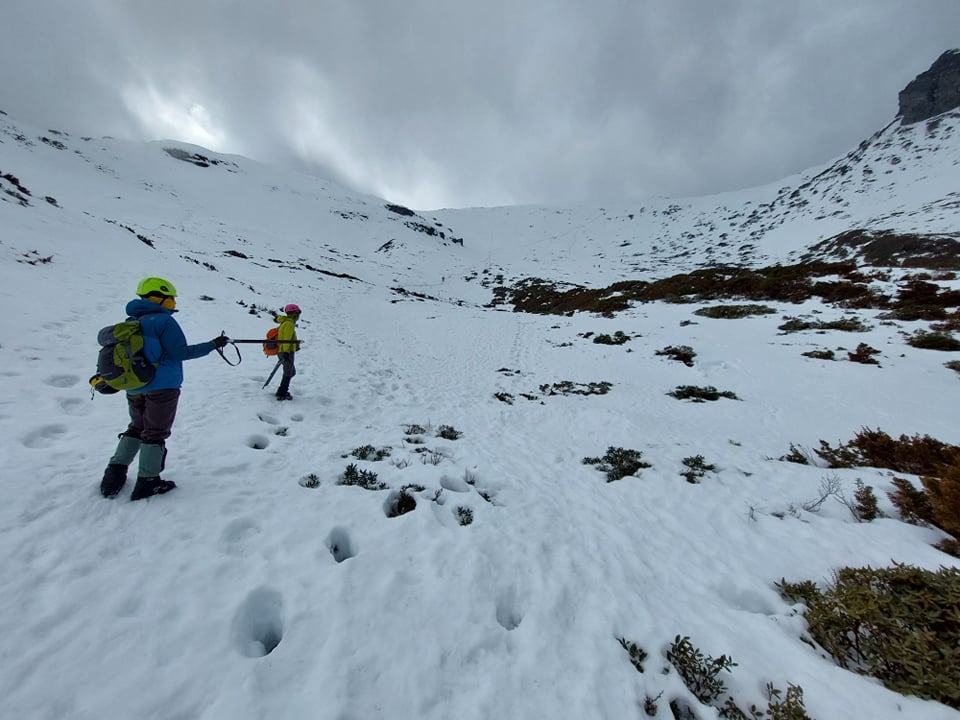The Shei-Pa National Park Headquarters (SPNPH) under the National Park Service, Ministry of the Interior, will implement winter season management measures from January 2 to March 31, 2025. Visitors can submit their winter hiking applications up to two months before their planned departure date. The SPNPH emphasizes that winter hikers must be proficient in using winter equipment, have a detailed snow hiking plan, take adequate precautions against cold weather, and possess proper snow climbing gear and skills to ensure safety during the winter season.
Four Essential Safety Guidelines for Winter Park Access
The SPNPH emphasizes that winter mountaineering carries significantly higher risks compared to other seasons. Inadequate preparation can lead to injuries or, in severe cases, fatalities. To balance hiking safety with environmental protection, the SPNPH has established four winter management guidelines with an open and service-oriented approach: (1) Applications for the winter Holy Ridge Trail are now open, requiring submission of a "Mountain Safety Assessment Form." Groups of three or more are recommended for this route; (2) Regular applications are restricted to groups of 1-6 people (leader included), and group leaders must hold winter training certification, snow climbing guide certification, or demonstrate experience on notable snow routes either domestically or internationally; (3) When snow depth in Xue Mountain Cirque exceeds 30cm, designated camping areas will be available for winter training groups, who must submit an "Environmental Impact Self-Assessment Form"; (4) All groups must demonstrate competency with snow climbing equipment (crampons, ice axes, and helmets) and be prepared for snow-covered trails and challenging terrain. Complete guidelines are available on the "One-Stop Service Platform for Taiwan Mountain Climbing Application."
Winter Season Support Services Remain Active
To maintain winter hiking safety, the SPNPH has implemented comprehensive winter support services, including: Volunteer rangers will be stationed at popular trailheads and mountain huts to assist hikers with proper equipment usage and provide winter hiking guidance. They will also support emergency rescue operations when necessary. Additionally, the SPNPH regularly updates their Facebook group "Shei-Pa National Park Climbing Forums" with current conditions, including snow levels, water availability, and trail status, which hikers should check before departure.
Personal Responsibility is Key to Mountain Safety
The SPNPH reminds visitors that while enjoying access to the mountains, they must practice Leave No Trace principles and contribute to forest conservation. Most crucially, hikers must conduct their own risk assessments and maintain self-discipline, prioritizing safety above all. The responsibility for personal safety ultimately rests with the individual - relying on others for your safety in the mountains is not advisable. Therefore, carefully evaluate weather conditions and ensure thorough preparation before winter hiking. Those lacking experience or proper equipment should avoid snow-covered and icy sections to prevent accidents. In conclusion, each hiker must take full responsibility for their actions - remember to climb with the goal of returning safely.

Figure 1: Winter hikers must be familiar with proper equipment usage (right to left: crampons, helmet, ice axe, trekking poles).

Figure 2: Winter ascents of Xue Mountain require proper cold weather preparation and vigilance on snow or ice-covered trails.